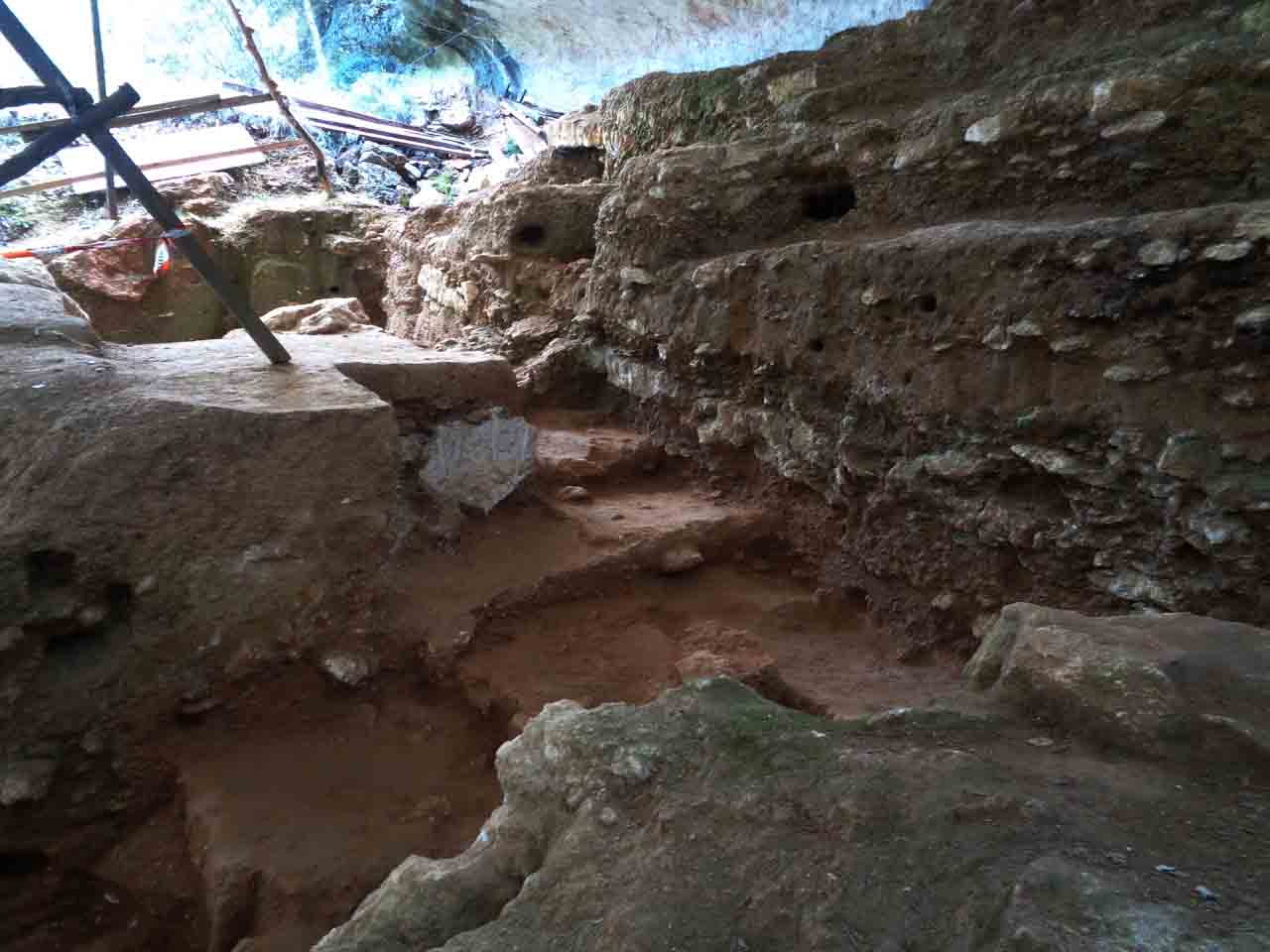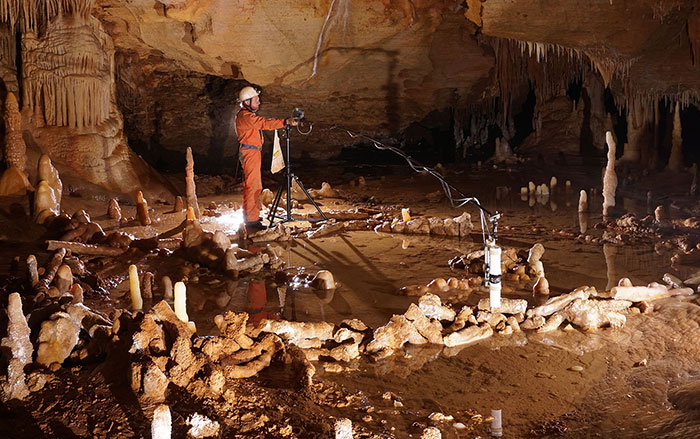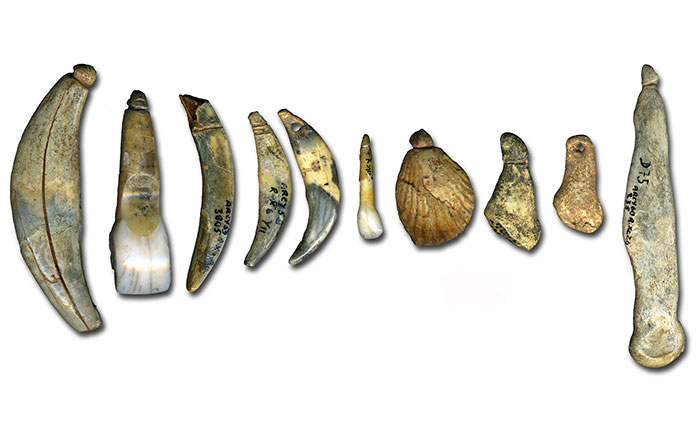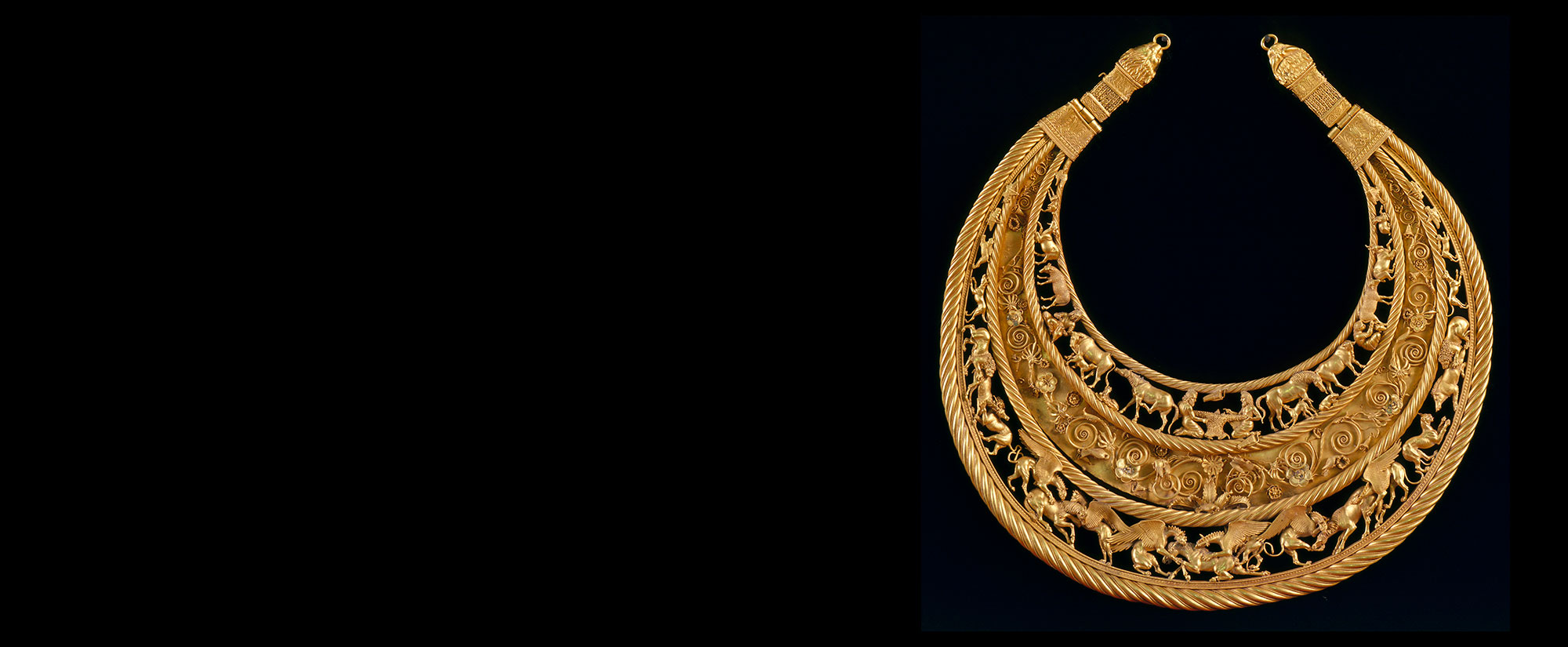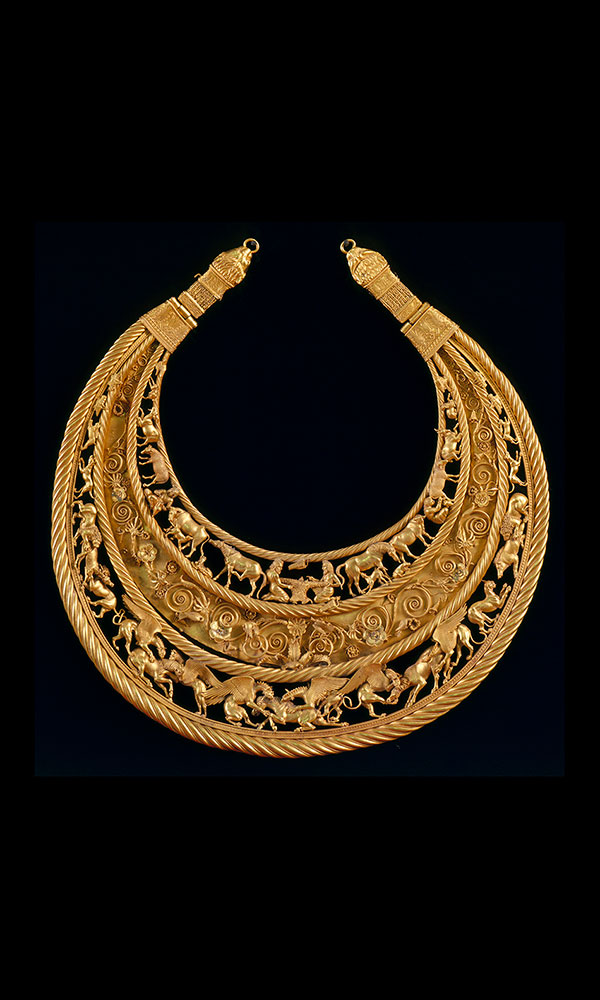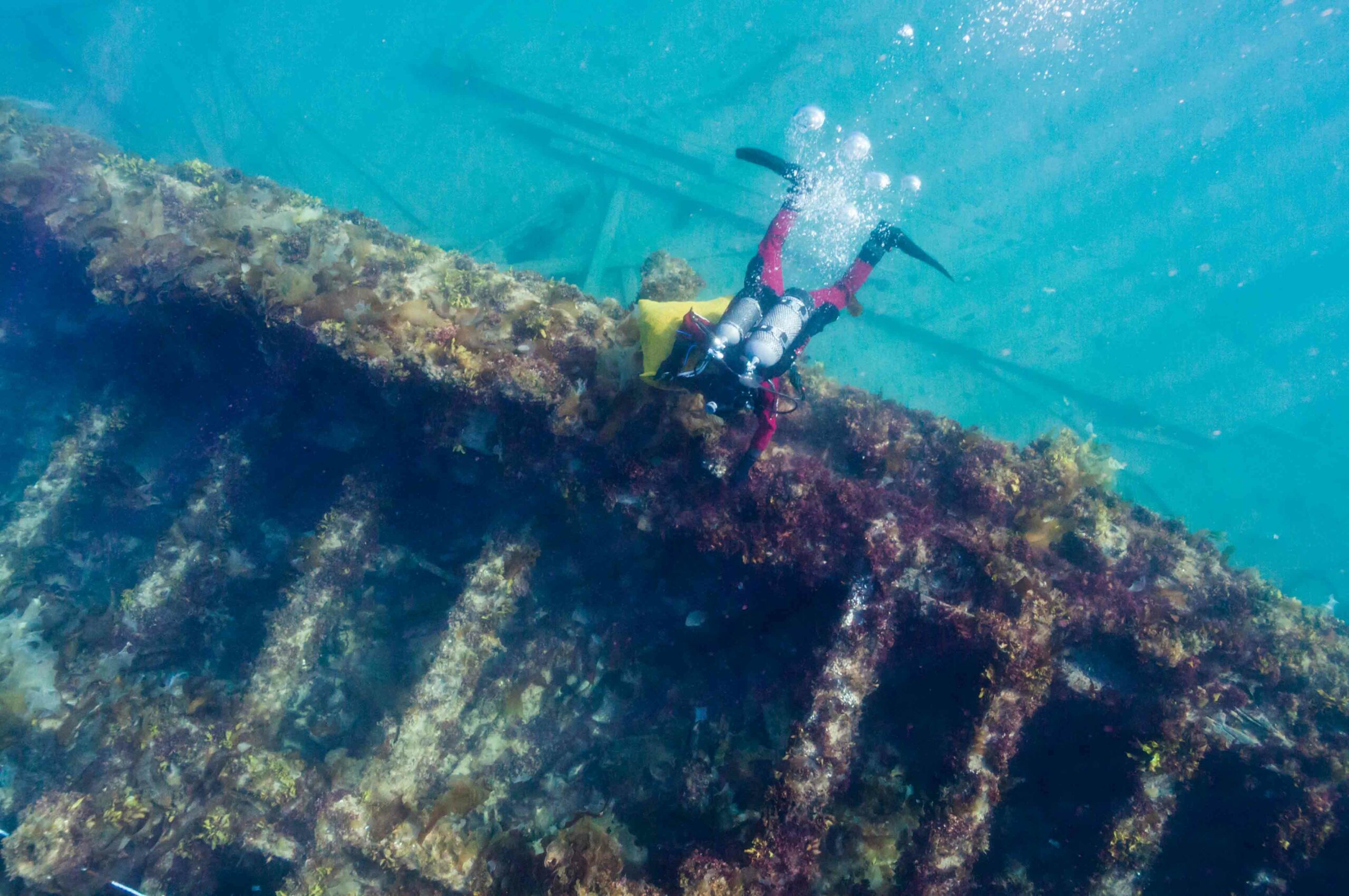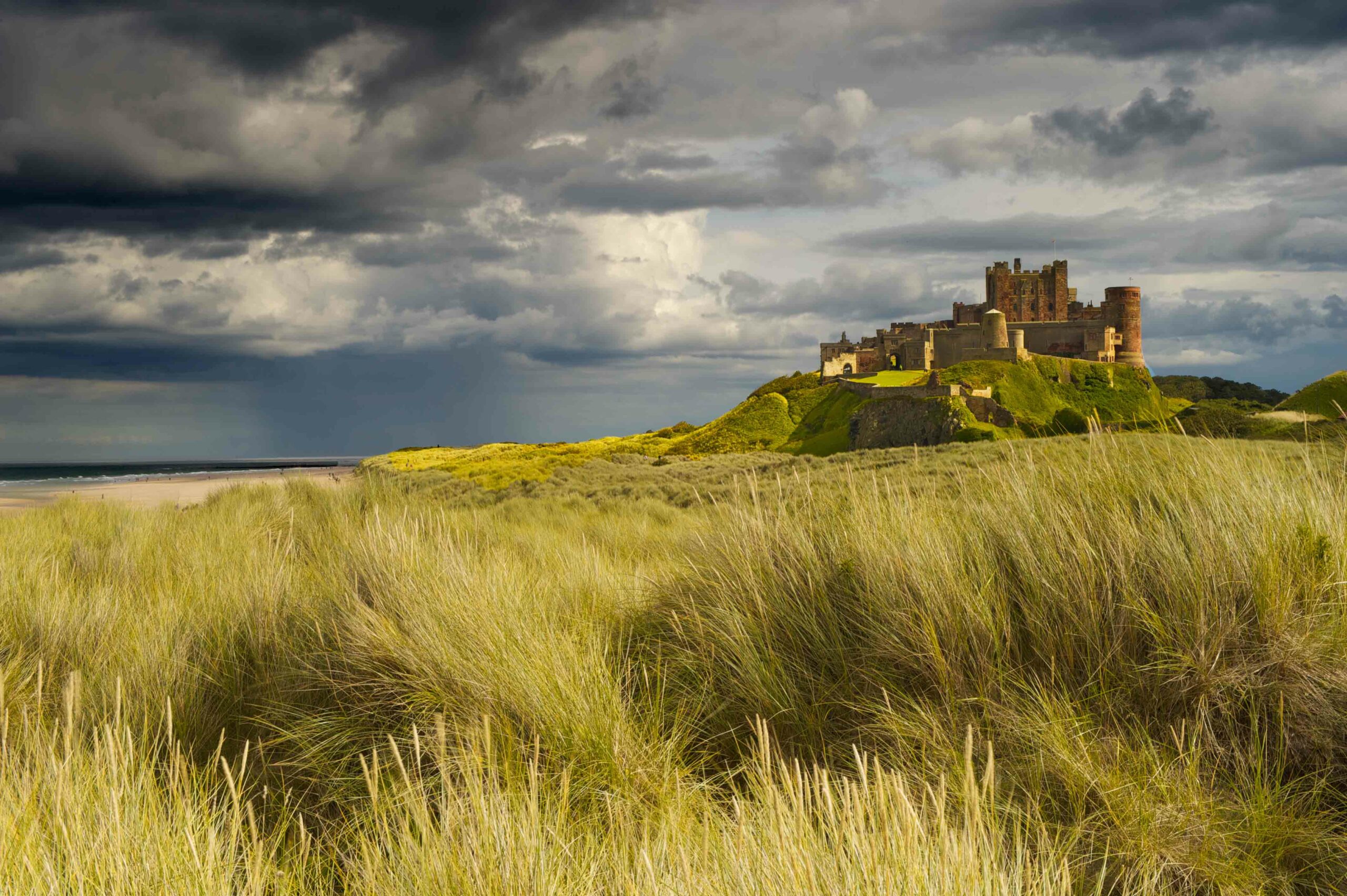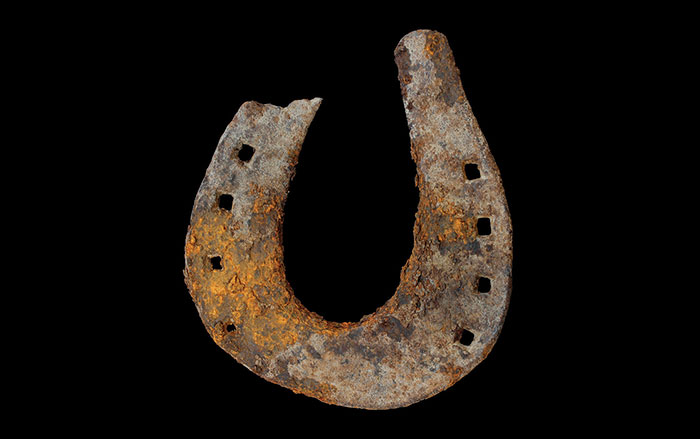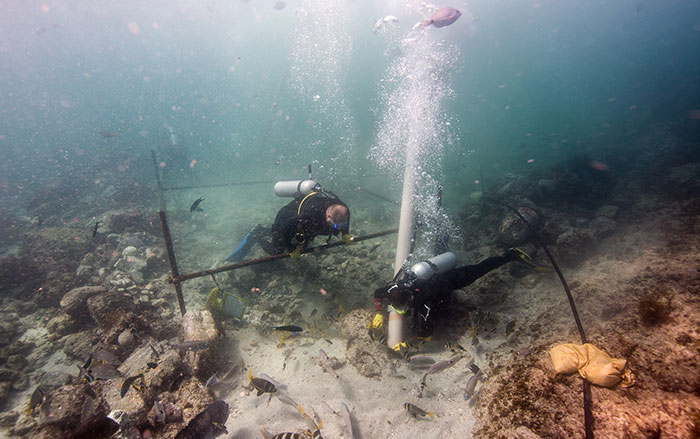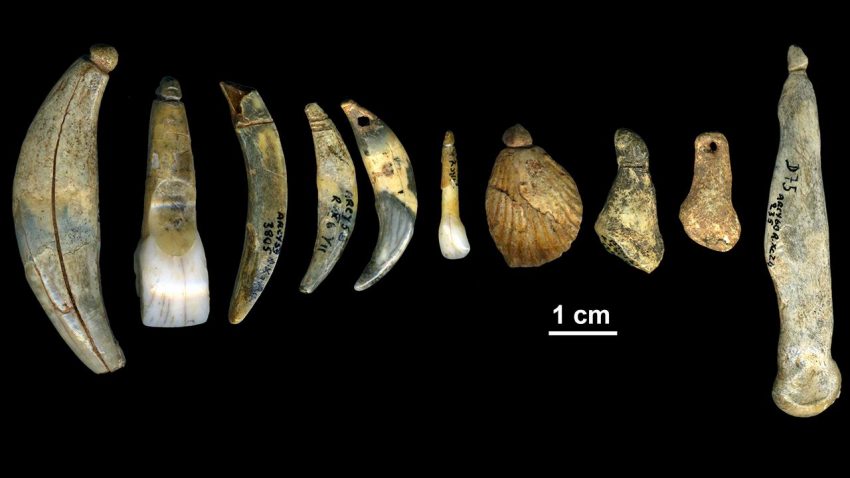
CHÂTELPERRON, FRANCE—Science reports that bioarchaeologist Matthew Collins of the University of York analyzed ancient proteins in hominin bone fragments that were discovered in the Grotte du Renne cave in central France between 1949 and 1963. Some of the many bone fragments, which were reportedly found in the same archaeological layer as bone tools and tiny beads made of animal teeth, shells, and ivory, appeared to be Neanderthal. But some researchers argued that the delicate artifacts must have been made by modern humans, who were entering Europe at about the same time that the artifacts were produced. The new study, conducted by Collins and an international team of scientists, dated and identified proteins and mitochondrial DNA in the bone fragments from the site, and determined that they probably are the remains of a single breast-fed Neanderthal infant. In addition, the bones were dated to about 42,000 years old—the same age as the beads and tools. “You can invent all sorts of stories,” said Jean-Jacques Hublin of the Max Planck Institute for Evolutionary Anthropology. “But the simplest explanation is that this assemblage was made at least in part by Neanderthals.” For more, go to "Neanderthal Necklace."


